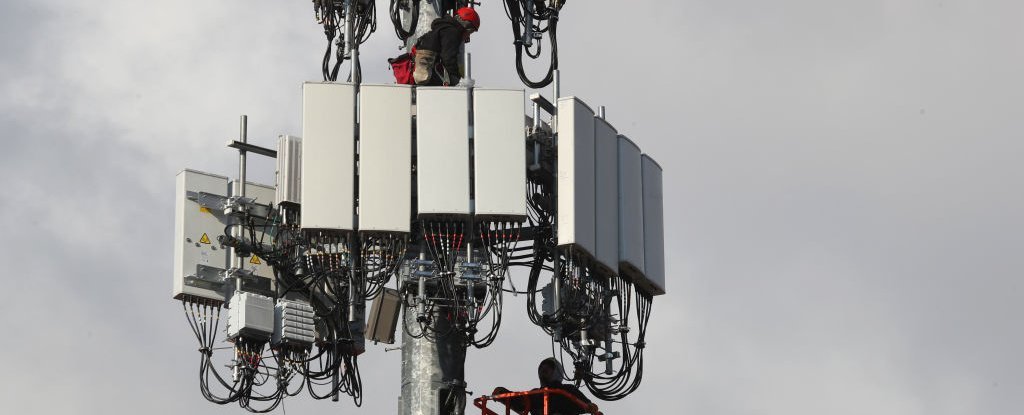5G is not spreading the virus
First of all what is 5G, 5G is the fifth generation of mobile phone technology, the main differences are the frequencies that will be used and the increased potential bandwidth.
The difference between 5G and previous generations of mobile services (4G, 3G) is that the latter use lower radio frequencies (in the 6 gigahertz range), whereas 5G also uses frequencies in the 30–300 gigahertz range.

In the 30-300 gigahertz range, there’s not enough energy to break chemical bonds or remove electrons when in contact with human tissue. Thus, this range is referred to as “non-ionising” electromagnetic radiation.
Radiation can come into contact with the skin, for example, when we put a 5G mobile to our ear to make a call. This is when we’re most exposed to non-ionising radiation. But this exposure is well below the recommended safety level.
5G radiation can’t penetrate skin, or allow a virus to penetrate skin. There is no evidence 5G radio frequencies cause or exacerbate the spread of the coronavirus.
Also, the protein shell of the virus is incapable of hijacking 5G radio signals. This is because radiation and viruses exist in different forms that do not interact. One is a biological phenomenon and the other exists on the electromagnetic spectrum.
5G radio waves are called millimetre waves, because their wavelength is measured in millimetres. Because these waves are short, 5G cell towers need to be relatively close together – about 250 metres apart. They are organised as a collection of small cells (a cell is an area covered by radio signals).
For 5G to cover a larger geographic area, more base stations are needed in comparison to 4G. This increase in the number of base stations, and their proximity to humans, is one factor that may stir unfounded fears about 5G’s potential health impacts.

